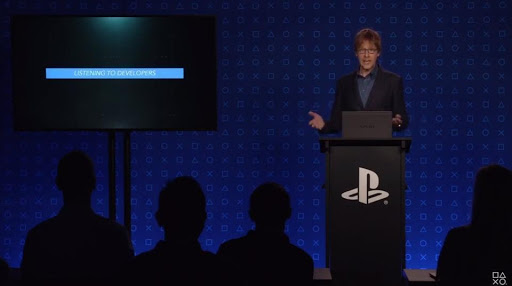
Microsoft is Winning The Next Generation War
As the eighth console generation draws to a close, it’s clear Sony’s PlayStation 4 are the winners. Capitalising on Xbox One’s disastrous launch and Nintendo’s uninspiring Wii U in 2013, Sony were keen to avoid the mistakes from their PS3 launch to strong success, seeing them reach 108.9 million sales. A new generation is near but Sony have left fans waiting on their PS5 reveal and they’re growing impatient. Being accused of complacency, it’s a risky marketing approach and unless Sony change tack, they’ll find themselves losing out.
PS4 has undeniably dominated this generation, becoming the fourth best-selling console of all time and its sales figures beat the Xbox One and Nintendo Switch combined. We’ve witnessed a unique generation, introducing console gamers to 4K gaming but this didn’t come at the start. Seeing the PS4 Pro and Xbox One X, we witnessed their introduction halfway through this generation. Nintendo previously took similar steps, upgrading their portable DS/3DS consoles in similar fashion but within home consoles, it was an untapped field.
You might ask why this is important. Console variants aren’t a new thing by any means, often seeing new models released to tie-in with big releases or slim variants but few of these featured significant upgrades. Generations last for 6-7 years on average but technology is constantly evolving, so its easy to become bored with existing hardware. These upgrades bridged a gap but, on the flipside, it’s left an expectation of more frequent news and Sony’s silence only fuels these concerns further.
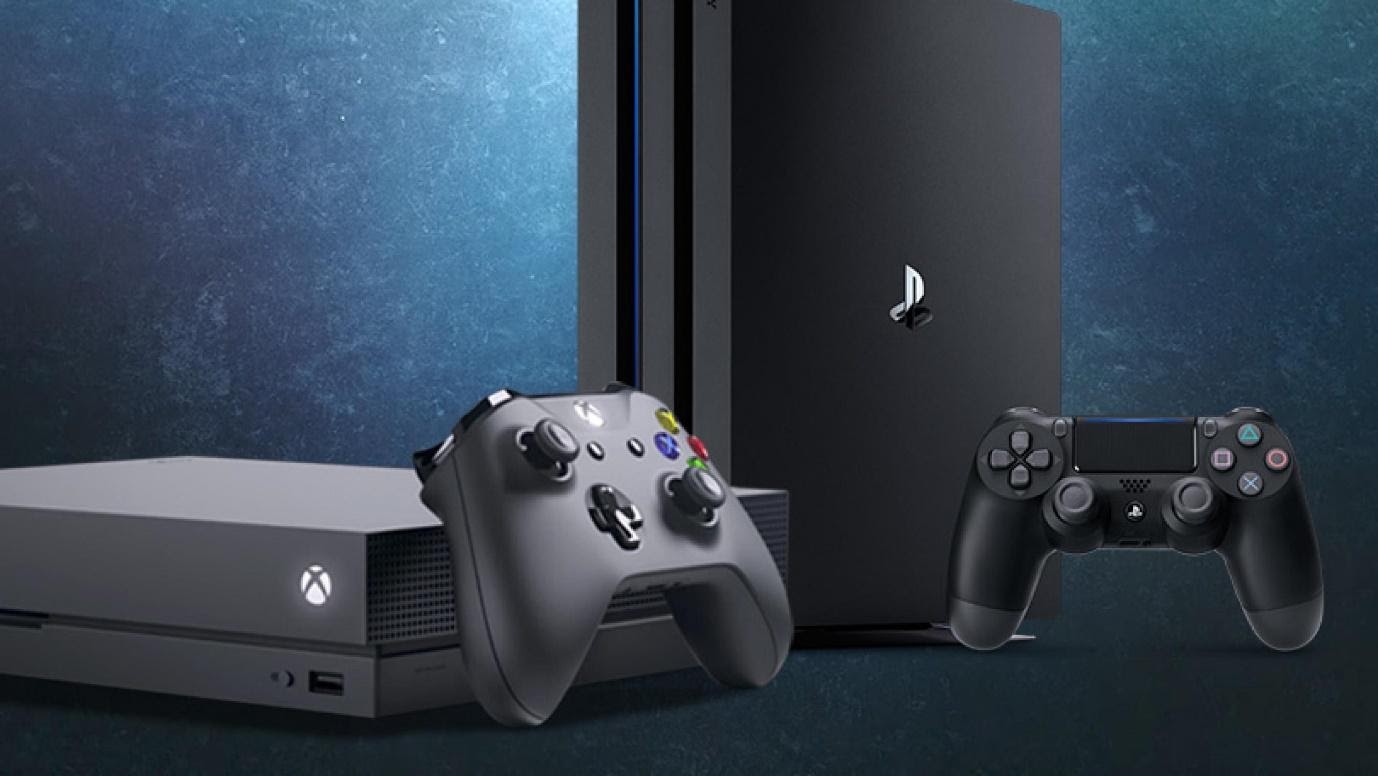
If initial reveals are anything to go by, we may be witnessing a resurgent Microsoft. Providing a steady stream of announcements, we first heard about Xbox Series X back in their E3 2019 conference, revealing it under codename “Project Scarlett”. This confirmed 8K resolution support, real time ray-tracing graphics, 120 frames-per-second capabilities and, critically for some players, full backwards compatibility with the One. An impressive feature list which puts it up there with high-end PC rigs. By December 2019, we received a full unveiling at The Game Awards, confirming its new name and console design.
Even amidst the COVID-19 pandemic, Microsoft have continued these updates, including their own GDC talk back in March and their intention to create a smoother transition between their consoles is clear. They’ve made two key announcements here, firstly that for the immediate future, Series X games will also be available on the One. Secondly, the implementation of a cross-buy system, allowing players to utilise game purchases across both consoles. Advising that Series X versions would have enhanced features, it’s an approach which won over fans.
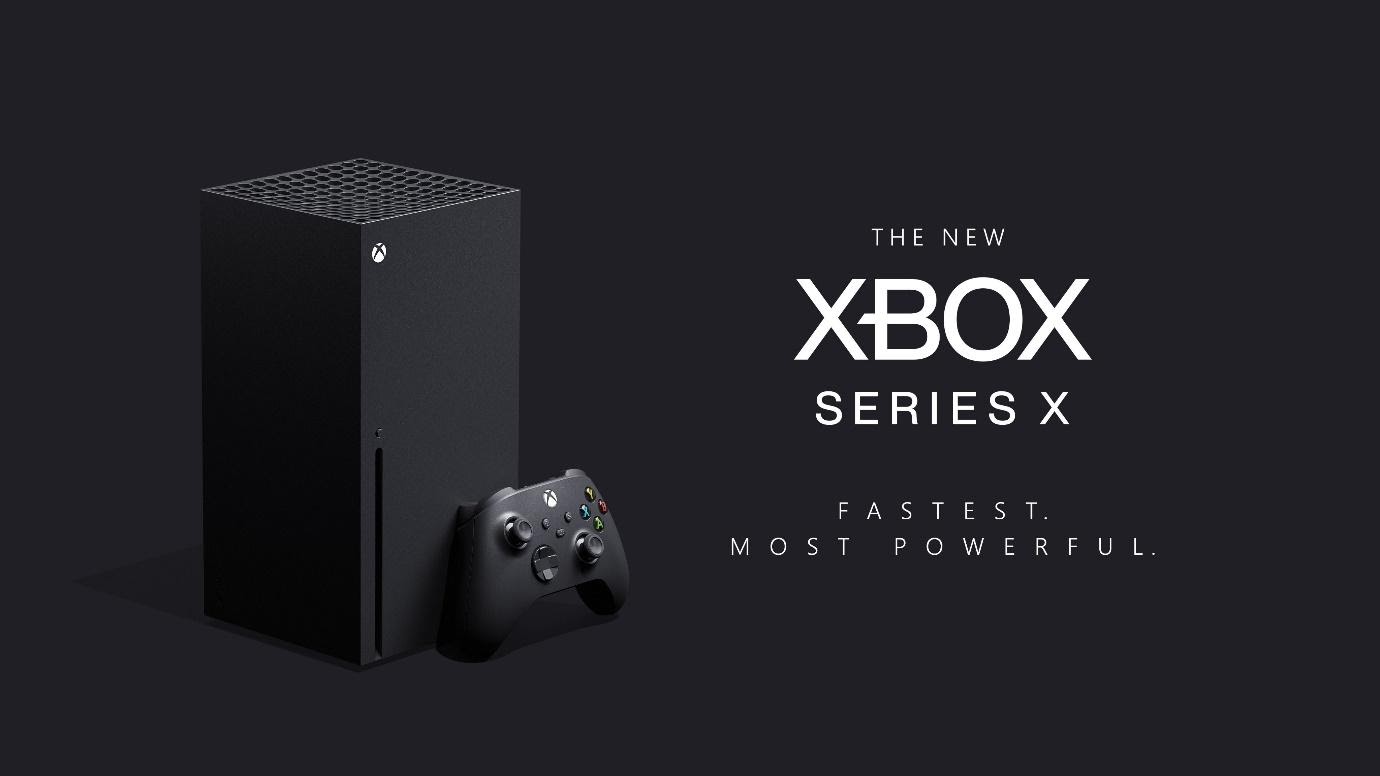
By comparison, Sony’s pre-release strategy has been highly underwhelming and even before the COVID-19 outbreak, there’s been a lack of concrete news. Consoles take years to develop, so it came as little surprise to see a PS5 confirmation back in April 2019 within a Wired interview. Speaking with PlayStation 5’s lead designer Mark Cerny, it gave us valuable insight that confirmed native backwards compatibility and showcased their new SSD Drive via a Spider-Man tech demo, reducing its loading times from 15 seconds to 0.8.
Then came silence. Sony took the decision to skip E3 2019, confirming their absence back in November 2018, a move which generated much discussion about the conference’s future on its own. Having witnessed Microsoft’s Project Scarlett reveal, many believed a more in-depth announcement would follow suit, but this never came. All they provided was a quiet reveal of hardware specifications back in October and even following The Game Awards, silence greeted us still.
Sony has worked to their own schedule, perhaps rightly so, but it’s left an anxious fanbase and communication has remained poor. With this in mind, fan response to their GDC talk makes more sense. Like many major events, COVID-19 led to the Game Developers Conference’s cancellation, one where Sony had planned a presentation about their PS5 hardware. Rather than scrap it entirely, they instead chose to broadcast it via YouTube, led once more by Mark Cerny. Describing it as a “deep dive into PS5’s system architecture, and how it will shape the future of games”, fans were understandably hyped.
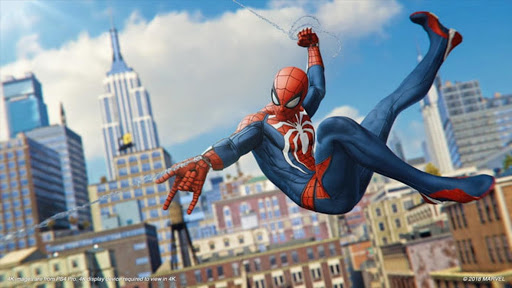
It’s important to note that GDC talks are aimed at developers, so it’s not a place historically associated with big reveals but in a news vacuum, this is what fans came to expect. All it took was a simple tweet to get people excited but upon watching this deep-dive, many realised it wasn’t what they hoped. Despite stating it would focus on gaming’s future, Cerny quickly disclaimed that his talk wouldn’t discuss specific titles, focusing instead on their technical aspects and PS5’s architecture.
For what it was, it proved a competent presentation but several aspects created fan concerns, confirming PS5 boasted a less powerful GPU than the Series X and with backwards compatibility, he advised that for PS4 games, “almost all of them” would work on PS5. This contrasted Cerny’s previous statement and created widespread confusion, leaving Sony to later clarify that “the overwhelming majority of the 4,000+ PS4 titles will be playable on PS5”.
The main fault didn’t lie with Cerny, the architect who was just a messenger, but with its timing. Fans were after a reveal, they wanted more about their successor console and whilst GDC talks are traditionally in March, it seemed like an ill-judged decision to make it public. Given that all we’d previously seen was the Wired interview, pictures of a rumoured PS5 devkit and official confirmation for its name and logo, people were after something more tangible and Sony misread the room.
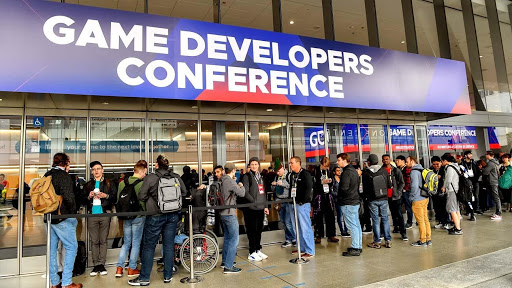
Had we witnessed a full console reveal beforehand, it’s hard to imagine the Deep Dive would’ve received nearly as much focus. By comparison, Microsoft undertook a similar hardware talk via Digital Foundry but with the Series X already revealed, its mostly flew under the radar. There’s been no end to reveal rumours since then, each month seemingly coming with a “leaked” announcement. But what has been confirmed thus far? Its new controller.
Retiring the long-established DualShock controllers, Sony confirmed PS5’s DualSense controller three weeks after GDC, taking the best DualShock 4 features and improving it with haptic feedback, adaptive triggers and built-in microphone. Some had a few words about its two-toned design but developer feedback has been mostly positive. DualSense and GDC shows Sony’s commitment to providing a better experience and few things are as important as the controller.
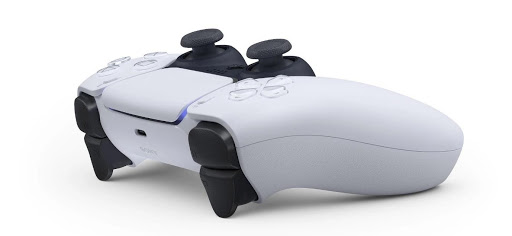
When it comes down to it though, games are the make-or-break moment for players and so far, we’ve only seen a handful of confirmed third-party games like Godfall, Outriders and Quantum Error. Series X has two first-party confirmations with Halo Infinite and Senua’s Saga: Hellblade II but Microsoft have since confirmed they’ll be showcasing more on May 7th. It’s clear they’re gearing up for a fight, bolstering their first-party studios with acquisitions such as Ninja Theory and Obsidian Entertainment.
Sony have a more established group of first-party developers through SIE Worldwide Studios, acquiring Insomniac Games last year to boost their ranks but we’ve not seen any first-party reveals at all for PS5. There’s no end of speculation, recent rumours pointing to a Horizon Zero Dawn sequel and considering their history of PS3 to PS4 ports, it seems likely this will happen again. Ghost Of Tsushima, The Last Of Us Part II, Death Stranding, all rumoured to be making the jump but this remain purely speculative.
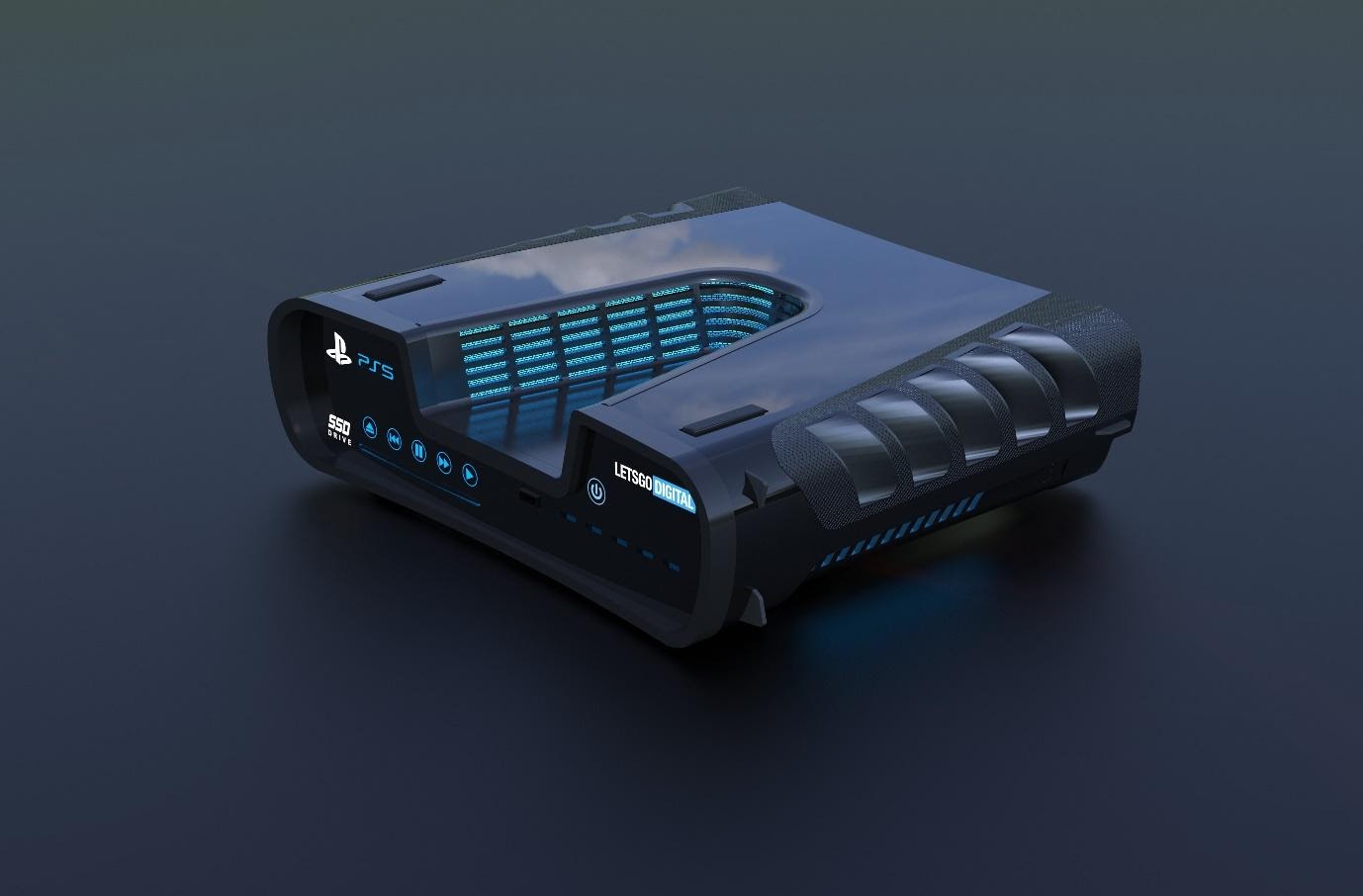
No one doubts Sony’s commitment to PlayStation 5 and there’s many positives we can take from Cerny’s talk and DualSense. Their focus on improving user experiences is clear, refining how we play in more subtle ways but there’s no getting around one simple fact, communication is poor. Players simply don’t know what to expect, technical specifications don’t substitute gameplay demos and its left a gap, one which Microsoft are more than happy to fill. When the ninth generation arrives, this will quickly be forgotten but until launch day happens, Sony has a lot of work to do.





